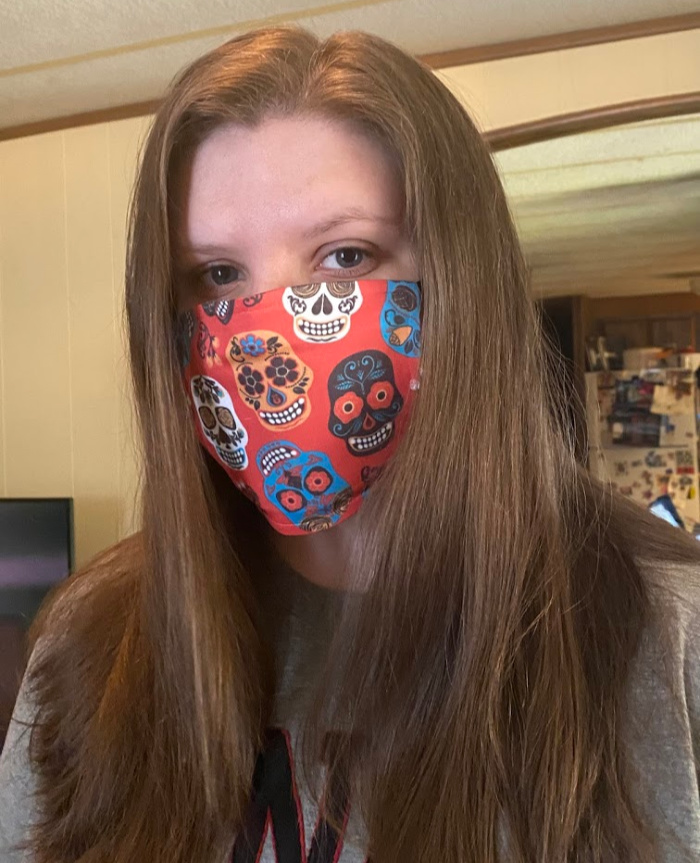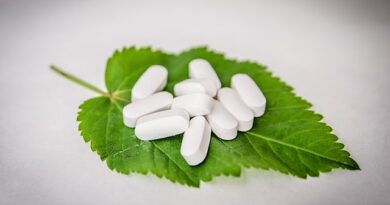
Face Masks: Everything You Need to Know
In the context of the current COVID-19 pandemic, it can be hard to keep up with the latest information. The situation is constantly evolving and new data is being learned all the time, so sometimes this can seem confusing and even contradictory.
This is particularly true when it comes to face masks. There seems to be different advice around when it comes to face masks, meaning that many people are unsure about whether they should be wearing face masks, if they work, and how to wear them.
Should I Wear a Mask?
The most obvious answer to this question depends on where you live. Some countries have mandated the use of face masks when in public, so if this is the case in your area obviously you need to wear one. However, in many places the use of face masks is down to user discretion.
The current evidence suggests that masks may prevent you from contradicting the coronavirus, but are most effective in stopping infected people from transmitting the virus to others. This is vital because we know that people can be asymptomatic but still be highly infectious, meaning that they may not know they are carrying COVID-19 and spread it to others. Ultimately, a face mask is most important not for protecting yourself, but for protecting the rest of the community.
Do Face Masks Work?
The current pandemic is constantly evolving and as a relatively new virus, we are learning things about COVID-19 all the time. It is therefore difficult to know exactly how effective certain measures are in preventing the virus’ spread. However, there is evidence that the virus can live up to three hours in the air and therefore could be transmitted from person to person as they breathe in and out. Wearing a mask is thus likely to limit the spread through the air.
Even if face masks may be less or more effective in preventing the spread of the virus through the air, they can be useful in other ways. Notably, when you wear a face mask you are less likely to touch your face. Experts warn us that touching surfaces when we are in public places and then touching our nose, mouth, or other parts of our face is one of the greatest risks for getting the virus into our bodies. Therefore, if nothing else, wearing a face mask will protect you from this kind of transmission.
It is important to remember that face masks are not a complete solution to the spread of COVID-19 and other diseases, but they are part of the picture. There are many measures we can take to avoid contracting the virus as well as prevent us from passing it on to others, including washing our hands thoroughly, physically distancing ourselves from others, and wearing a mask. By as many people as possible using as many of these measures as possible, we give ourselves the best chance of controlling the pandemic as quickly as possible.
Are All Masks the Same?
We hear a lot about medical-grade PPE (personal protective equipment), but are commonly-available fabric masks just as effective? The simple answer is no: paper and cloth masks are not as effective as medical grade PPE masks.
However, just because cloth and paper masks are not as effective as PPE ones, this does not mean that they are not effective at all. Experts tell us that fabric masks are likely somewhat effective against the spread of COVID-19, so medical professionals and others who are likely to come in contact with the virus should use PPE, while others who are using masks as an extra preventative measure can use fabric or paper masks.
How to Wear a Face Mask
Whether you are wearing a face mask for better hygiene at work, or to be able to go to the grocery store and other essential errands, it is critical that you wear it properly in order for it to be effective. The proper process starts before you even put your mask on. Before you put on your face mask, make sure to clean your hands thoroughly with soap and water or an alcohol-based hand sanitizer.
When you put your mask on, make sure that there are no gaps between the mask and your face. While you are wearing your mask, try not to touch it. If you do, clean your hands with soap and water and hand sanitizer. To take your mask off, don’t touch the front of the mask, but instead remove it from behind. If wearing a single-use mask, dispose of it immediately and do not reuse it. You should also replace any mask as soon as it is damp as it will stop to be effective when wet.








